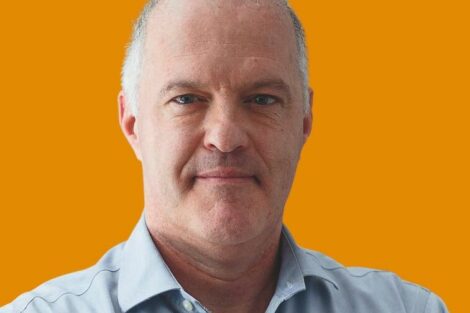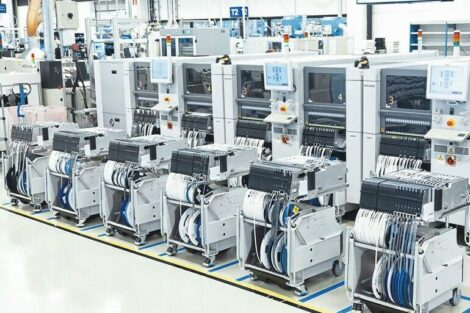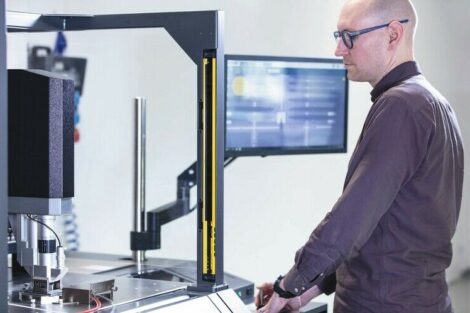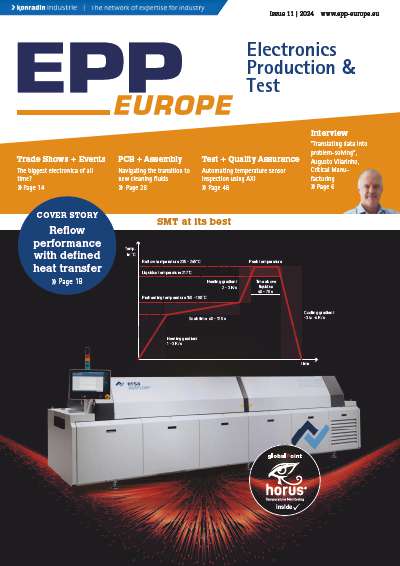The power chips (also known as ‘energy-saving chips’) produced at the new factory will be manufactured on 300-millimeter wafers that, at 40 micrometers, are thinner than a human hair. According to the company, they will be used in electric cars, data centres as well for as solar and wind energy applications.
“Arithmetically speaking, the annual capacity planned for industrial semiconductors is sufficient to equip solar systems producing a total of around 1,500 TWh of electricity – roughly three times the annual power consumption in Germany,” the chipmaker said in a press release.
Company CEO Reinhard Ploss spoke of the timeliness of the opening – particularly in light of current microchip shortages.
“The timing to create new capacity in Europe could not be better, given the growing global demand for power semiconductors,” Ploss said. “The last few months have clearly shown how essential microelectronics are in virtually every area of life. Given the accelerated pace of digitalization and electrification, we expect demand for power semiconductors to continue to grow in the coming years. The additional capacities will help us serve our customers worldwide even better, including long term.”
The news came at the same time as the European Commission announced it would present a ‘European Chips Act’ to boost domestic semiconductor research and manufacturing in order to secure its own supply of chips in the future.
“With this investment, Infineon has demonstrated that it is also possible to build attractive production sites in Europe in the highly competitive microelectronics sector,” Sabine Herlitschka, the CEO of Infineon Technologies Austria AG, said.
Energy-saving chips
Infineon announced the construction of the chip factory for power electronics back in 2018. The project, which the company has dubbed ‘Ready for Mission Future’ is focused heavily on producing energy-saving chips for ‘green’ products.
“These energy-saving chips switch electricity intelligently and minimize the carbon footprint of numerous applications. They reduce energy consumption in household appliances, LED lighting and mobile devices. For example, modern semiconductors can reduce the energy consumption of refrigerators by 40 percent. The energy consumption of lighting in buildings is reduced by 25 percent. With the products manufactured in the new production facility, more than 13 million tons of CO2 can be avoided… This equals the amount of CO 2 that is produced by more than 20 million people living in Europe,” the company said.
Energy-saving factory
The factory itself will also operate using energy-saving technology. According to the company, 80 percent of the site’s heating requirements will be covered by intelligently recycling the waste heat of the cooling systems, and exhaust air purification systems will cut direct emissions to virtually zero. Additionally, from 2022, the hydrogen required in chip production processes at the facility will be produced on site using renewable energy sources, eliminating CO2 emissions during production and transport. This ‘green hydrogen’ will be recycled after use and used to fuel public transportation buses.
Virtual megafactory
According to Infineon, the new chip factory has about 60,000 m² of gross floor space and requires 400 additional highly-qualified specialists to operate it.
One of the most modern such projects in the world, it relies on full automation and digitization, and artificial intelligence solutions will be used in the area of predictive maintenance.
The new site will operate hand-in-hand with the company’s existing factory in Dresden. “Infineon now has two large power semiconductor manufacturing sites for 300-millimeter thin wafers, one in Dresden and one in Villach,” explained Jochen Hanebeck, Board Member and Chief Operations Officer of Infineon. “Both sites are based on the same standardized production and digitization concepts. This allows us to control the manufacturing operations at the two sites as if they were one factory … With the virtual megafactory, Infineon is setting a new benchmark in 300-millimeter manufacturing.”














